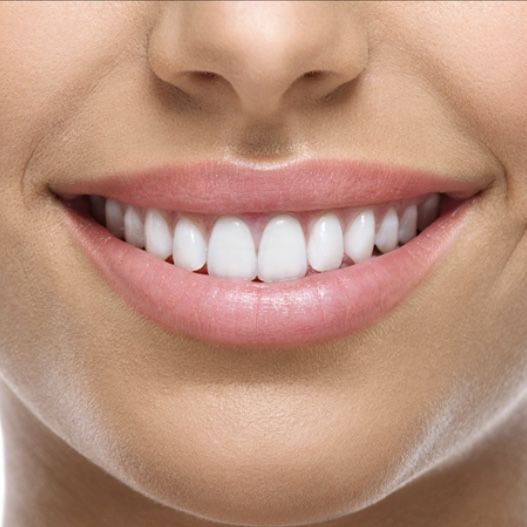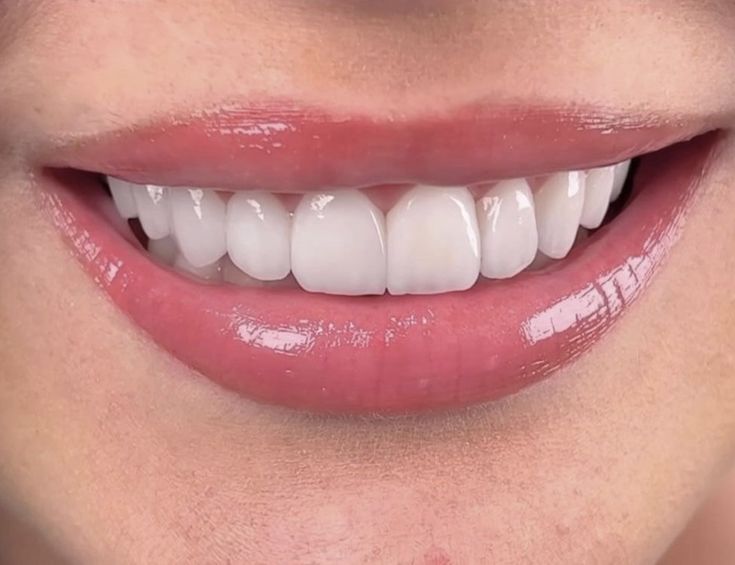Composite Bonding : The Fastest Way to a Beautiful Smile
If you have chipped, discolored, or uneven teeth and want a fast, affordable way to improve your smile, composite bonding could be your perfect solution. It’s one of modern dentistry’s most effective cosmetic treatments, offering instant results with minimal discomfort, and it won’t break the bank.
In this article, we’ll explain composite bonding, who it’s for, what to expect from the procedure, and how to care for your smile afterward.
What is Composite Bonding?
Composite bonding is a noninvasive cosmetic dental procedure in which a tooth-colored resin is applied to the teeth to improve their appearance. The resin is sculpted, hardened with a special light, and polished to match the natural teeth perfectly.
Dentists use it to:
- Repair chips or cracks
- Close small gaps between teeth
- Cover discoloration or stains.
- Improve the shape or length of teeth.
- Smooth out rough or uneven edges.
The goal? A natural-looking, healthy smile—without complex dental work. This emphasis on a natural look should instill confidence in the potential results of composite bonding, ensuring you feel great about your new smile.

Who Uses Composite Bonding?
Anyone who wants to enhance their smile quickly and affordably can benefit from composite bonding. It’s especially popular with:
- People who have minor cosmetic concerns
- Adults preparing for significant events like weddings or photoshoots
- Teenagers and young adults who want a more confident smile
- Patients looking for a less permanent or more affordable alternative to veneers
It’s a significant first step into cosmetic dentistry, especially for those who want a change without a prolonged recovery or high costs.
What Are the Benefits of Composite Bonding?
There’s a reason why composite bonding is one of the fastest-growing cosmetic procedures: it offers immediate, visible results with plenty of perks:
- Quick results: often completed in a single visit
- Affordable less expensive than veneers or crowns
- Minimally invasive: no need to remove natural tooth enamel
- Painless: usually doesn’t require anesthesia
- Natural look blends seamlessly with your teeth
- Reversible and repairable: adjustments can be made anytime
Whether fixing one tooth or transforming your whole smile, composite bonding is a powerful option with minimal commitment.
How Does Composite Bonding Work with Teeth Whitening?
Great question! Here’s the key: Teeth whitening should always come before composite bonding.
Why? Because the resin material used in bonding does not whiten the same way natural teeth do. If you whiten your teeth after bonding, the resin will stay the same color, and your smile will look uneven.
So, if you’re planning both treatments:
- Whiten first to reach your desired shade
- Then, bond to match the new color perfectly.
Your dentist will guide you through the best timing for both procedures to ensure beautiful, consistent results.
What Are the Procedures for Composite Bonding?
The process is rapid and straightforward, typically taking less than an hour per tooth. This simplicity should reassure you that the procedure is practical and convenient, allowing you to quickly and easily achieve your desired smile.
Here’s what to expect:
- Consultation: Your dentist will evaluate your teeth, discuss your goals, and guide you in choosing the resin shade that perfectly matches your natural teeth. During this initial visit, you’ll have the opportunity to ask any questions you may have about the procedure, and your dentist will work with you to develop a treatment plan that meets your needs.
- Preparation: No drilling or anesthesia is usually needed unless there’s a cavity to treat.
- Application: The tooth surface is gently roughened, then the bonding resin is applied, shaped, and smoothed.
- Curing: A special light is used to harden the resin.
- Polishing: The bonded tooth is polished to a natural-looking shine.
You’ll leave the office immediately with a brighter, more even smile.
Can Composite Bonding Be Performed If You Have Gum Disease?
Not immediately. It must be treated first if you have gum disease (gingivitis or periodontitis).
Healthy gums are essential for any cosmetic dental procedure. Inflammation, bleeding, or gum recession can affect the success and durability of composite bonding.
Once your gums are healthy and stable, bonding can be safely performed, and it may even help restore confidence in your smile after treatment.
Always consult your dentist first. They’ll evaluate your gum health and help you decide on the best action.

How Do I Care for Composite Bonding?
Composite bonding is strong, but like natural teeth, it needs good care to stay beautiful and last longer.
Here’s how to protect your new smile:
- Brush twice daily with a soft toothbrush and non-abrasive toothpaste
- Floss daily to maintain healthy gums
- Avoid biting complex objects like pens, ice, or fingernails.
- Limit staining foods like coffee, tea, red wine, and tobacco.
- Use a nightguard if you grind your teeth while sleeping.
- Visit your dentist regularly for checkups and polishing.
With proper care, composite bonding can last 4 to 8 years, sometimes longer. This longevity makes it a cost-effective and convenient cosmetic dental solution.
Is Composite Bonding Right for You?
Composite bonding is an incredible way to enhance your smile without the stress of surgery or high costs. It’s fast, safe, and produces natural results in just one visit.
This could be the easiest, most effective fix if minor imperfections, stains, or gaps bother you when you smile.
If you’re considering composite bonding, we encourage you to make an appointment in Smile spa Dubai . Click here






